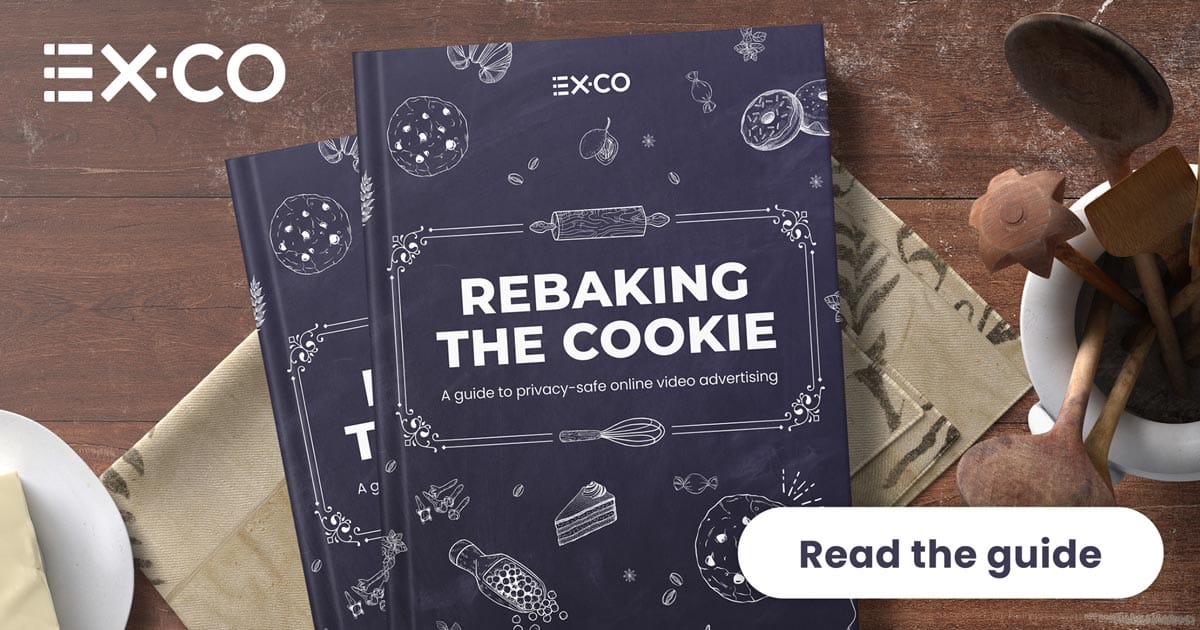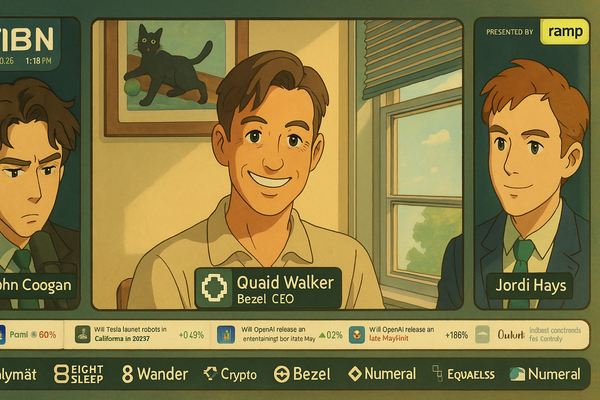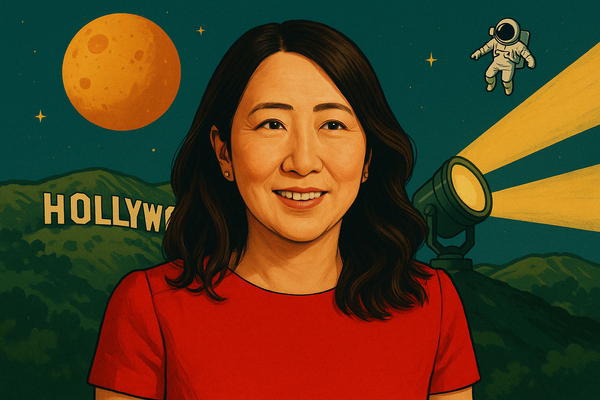Packaged media vs networked media
The network is the media
The Rebooting's latest research project, in collaboration with WordPress VIP, examined the state of product at publishers. We surveyed over 50 product execs at publishers to understand their challenges and priorities. Check out the resulting report.
This week, I'm thinking more about how packaged media uneasily coexists alongside networked media in the Information Space. The attack on Trump points to the lanes each will inhabit. Also, a conversation with Dotdash Meredith chief product officer Adam McClean and The Daily Beast svp of product Samanatha Winkelman on their product priorities, and how The Guardian is organizing around frequency as its audience goal.

The essential guide for the cookieless future

The old recipes for digital targeting are fading away. Consumer privacy laws across Europe and 15+ US states have rewritten the rules of consent around data use. And next year, Chrome is set to deprecate the third-party cookie. EX.CO’s new industry guide includes actionable strategies for privacy-safe online advertising that you can put into place today. And you’ll read first-hand advice from leading experts about how to tackle targeting without the pesky staple that built much of the modern web.
The network is the media
Massive news events are good stress tests of the state of the media ecosystem. The attack on Donald Trump showed clearly how the essential feature of what I call the Information Space is the tension between packaged media and networked media.
Packaged media is what was formerly known as legacy media or mainstream media. Packaged media is prepared for an audience to understand complex events. This requires narrative choices and the omission of certain facts, particularly if they’re unproven. Sometimes it is in service of a political position like MSNBC or Fox News. It often comes with institutional heft, even if that leverage is fading.




